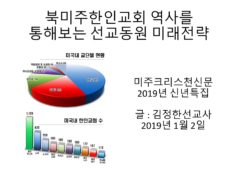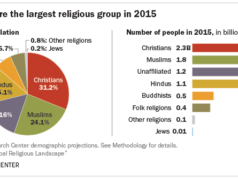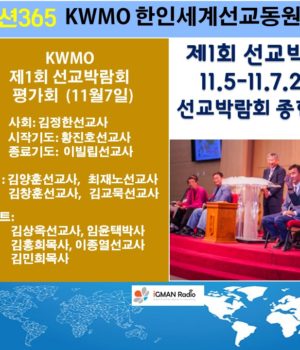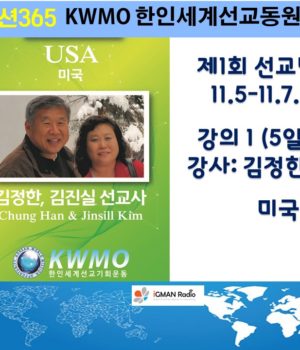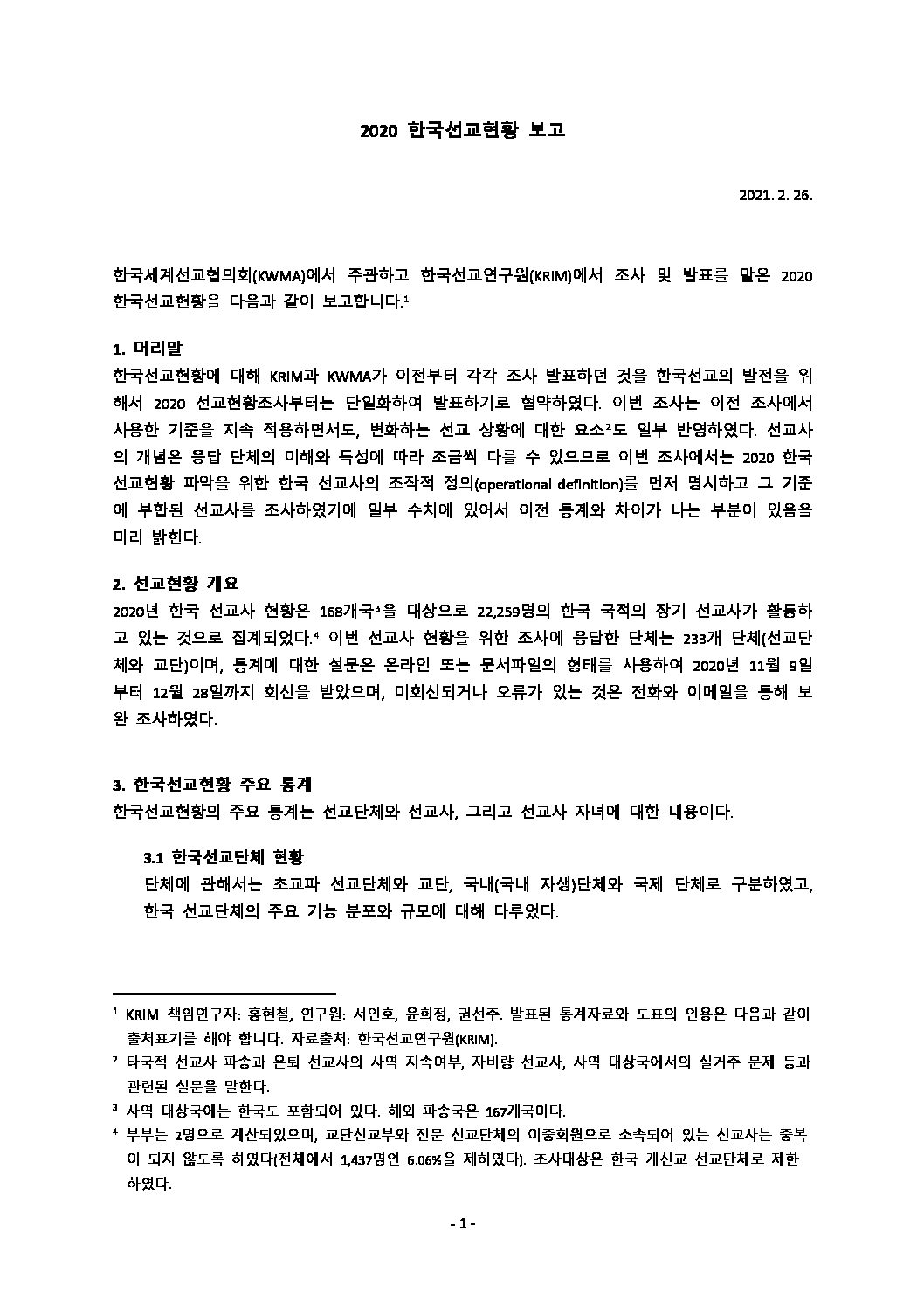Christinity Today 제공
A new study reveals how the missions field continues to become increasingly global—in some surprising ways. One example: South Korea has lost its No. 2 sending spot to four unlikely contenders.
The Center for the Study of Global Christianity (CSGC) at Gordon-Conwell Theological Seminary calculates that Christians sent out approximately 400,000 international missionaries in 2010. And nearly half of the world’s top missionary-sending countries are now located in the global South.
The CSGC reports that “of the ten countries sending the most missionaries in 2010, three were in the global South: Brazil, South Korea, and India.” Other notable missionary senders included South Africa, the Philippines, Mexico, China, Colombia, and Nigeria.
However, the United States still tops the chart by far in terms of total missionaries, sending 127,000 in 2010 compared to the 34,000 sent by No. 2-ranked Brazil.
But examine the data differently—in terms of missionaries sent per million church members—and Palestine comes out on top at 3,401 sent, followed by Ireland, Malta, and Samoa. (Interestingly, South Korea ranks No. 5 at 1,014 missionaries sent per million church members, a sign of the continued strength of its missions movement compared to the No. 9-ranked United States at 614 missionaries sent).
The CSGC says U.S. dominance is part of a persistent missions imbalance: “The 10 countries that sent the most international missionaries in 2010 were home to 32 percent of the world’s church members but sent almost 73 percent of all international missionaries.”
Meanwhile, most missionaries continue to go to mostly Christian nations. “The ‘top nine’ receiving countries were home to only 3.5% of the world’s non-Christians but received more than 34% of all international missionaries,” notes the CSGC. “All nine have Christian majorities, and they were home to over 34% of the world’s Christians in 2010.”
By contrast, “The ten countries with the most non-Christians in 2010 were home to 73% of all non-Christians globally. Because many of them restrict or deny missionary access, however, they received only 9% of all international missionaries,” notes the CSGC. The lion’s share are in China, India, and Nigiera, where “large numbers of home missionaries also work among non-Christians.”
The country that received the most missionaries in 2010? The United States, with 32,400 sent from other nations.
Also interesting is the fact that South Korea, which previously occupied the No. 2 spot (as detailed in a 2006 CT cover story, “Missions Incredible“), now appears to have been eclipsed by unlikely contenders. According to the CSGC, Brazil, France, Spain, and Italy all sent more missionaries than South Korea did in 2010. (Browse thefull results on pp. 76-77 of the report.)
Meanwhile:
…The countries receiving the most missionaries per million people are overwhelmingly in Oceania and the Caribbean and have majority Christian populations. More striking, the ten countries that received the most missionaries per million non-Christians averaged almost one for every seven. This includes Samoa, at the top of the list, received more than one missionary for every three non-Christians. None of these countries was less than 90% Christian and only three were less than 95%. Suriname, with a bare Christian majority (51%), ranked 93rd on the list, while Albania, the highest-ranked country with a true Christian minority (32%), ranked 137th out of 232 countries. In addition, Samoa received one missionary for every 2.5 non-Christians. Tonga received one missionary for every 7.4 non-Christians, and Micronesia one for every 11.1 non-Christians.
The CSGC also estimates that in just seven years, more than 9 in 10 people in the world will be religious, up 2 percent over similar data collected in 2010. It predicts that Christianity will be only the fifth-fastest growing religion in the world, coming in behind the Baha’i faith, Islam, Sikhism, and Jainism.
CT has previously reported on research that examines the future of Christianity, as well as on trends in the faith such as the “end of nominal Protestantism.” Last September, CT spotlighted Asian American religiosity, noting that Asian American evangelicals are more likely than white evangelicals to say that Christianity is the only path to eternal life.


